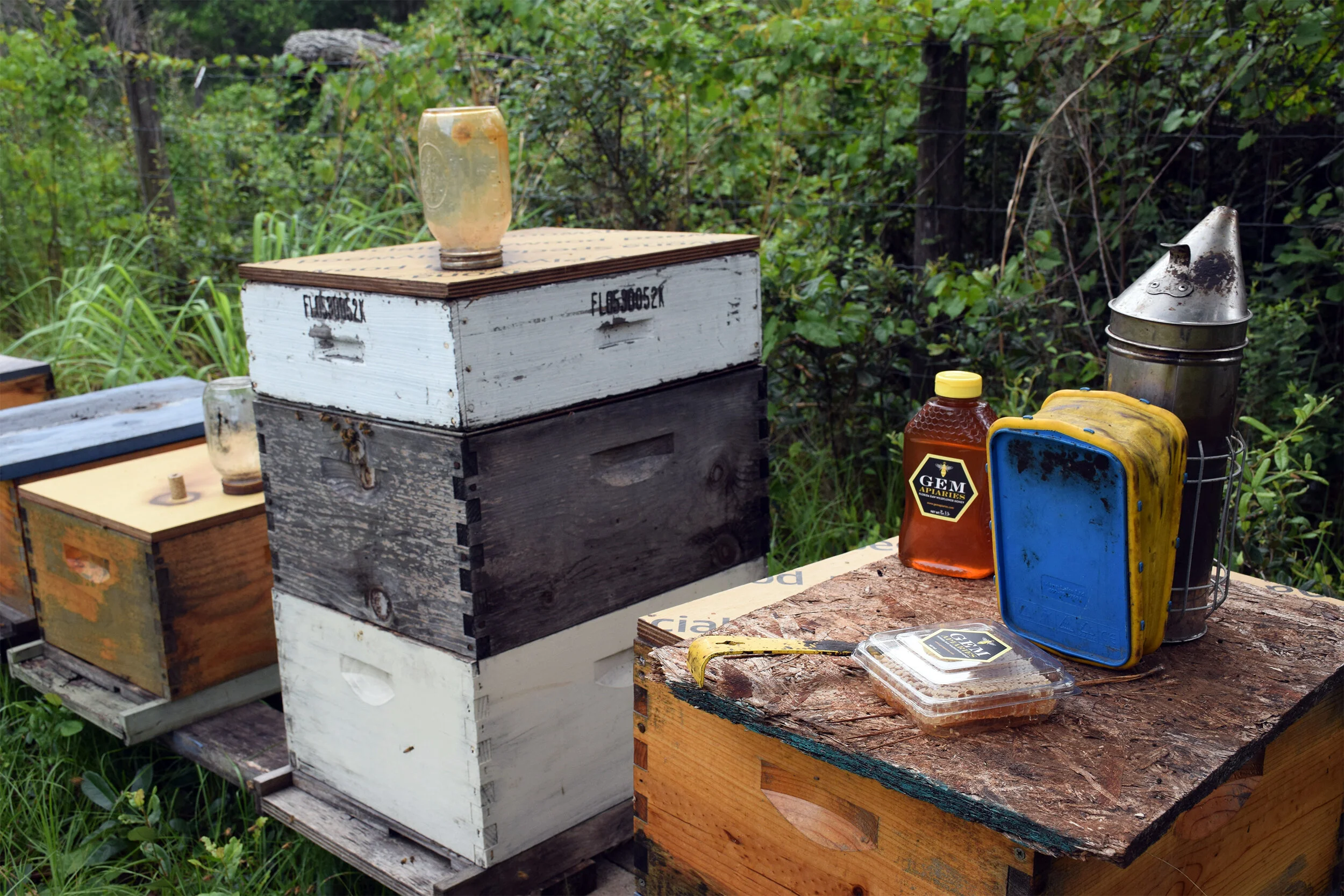About GEM
George Earl Morse – “G Earl” as people called him, was my great grandfather who founded GEM Farms in the small hamlet of Otisco, NY in the year 1897. The 110 acre farm was designed for sustainability with spring-fed water to the house which has continued to this day. A combination of flat land for the apple orchard and garden, and rolling hills filled with hardwoods for firewood. The southern border is defined by a small creek filled with trout that empties into the Otisco Mill pond. As the name implies, the Otisco Mill helped support the community with ground corn, grain and milling lumber. It was a time when neighbors helped neighbors and paid kindness forward.
Some of my fondest memories as a boy happened on GEM Farms, with fruit trees and vegetable blossoms covered with bees. Every season was a new experience, spring maple tree tapping for syrup and jack wax, garden preparation and planting. Summer grass cutting and a sandlot baseball game with the neighbor kids. Fall was the best with the turning of the leaves and hunting pheasants, rabbits and deer. Winter is a time for resting and learning a new hobby like caning a chair.
I was inspired to bring my family history forward to my new passion, so I founded GEM Apiaries, a small but growing apiary located in the Lutz/Odessa area of Tampa, FL. Located on the perimeter of the Brooker Creek Headwaters Nature Preserve, the bees have access to over a thousand acres of natural resources and seasonal wildflowers managed by the Southwest Florida Water Management District. It’s a perfect place to be a bee.
About the Bees
A healthy honey bee hive will have fifty to sixty thousand bees, in which there is only one queen. All life starts with the queen bee. The queen is the GEM of every hive. The colony is made up of one queen, fifty to sixty thousand workers (female bees) and several hundred drones (male bees).
The queen is not a typical ruler, she does not make decisions, but she controls the mood and direction of the hive through the release of pheromones and lays between one thousand and twelve hundred eggs a day. She can typically live two to four years. The worker bee’s life span is up to six weeks in the summer and longer in the winter.
In the first four weeks in the hive, a bee will perform many jobs. The two primary jobs are nursing – cleaning and preparing the brood comb for an egg from the queen, also feeding and keeping the larva warm. Housekeeping – cleaning and securing the hive, and also attending to the needs of the queen.
Their last stage is a forager, depending on the need of the hive they will collect nectar, pollen, water and tree resin. The average forager will travel 500 miles before her wings will give out but typically they will parish long before that. Drones are physically larger than a worker bee and resemble a small bumble bee. They serve one purpose: mate with queen bees. They perform this act in flight and die when completed.
A healthy hive is a perfect organism, as a whole, with interdependent parts all working to sustain life. Regardless of the type of honey bee or the stage of their life, all honey bees are completely selfless with a clear devotion to the sustainability of the hive and the next generation.

